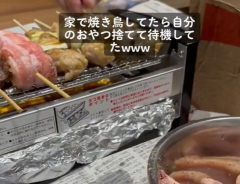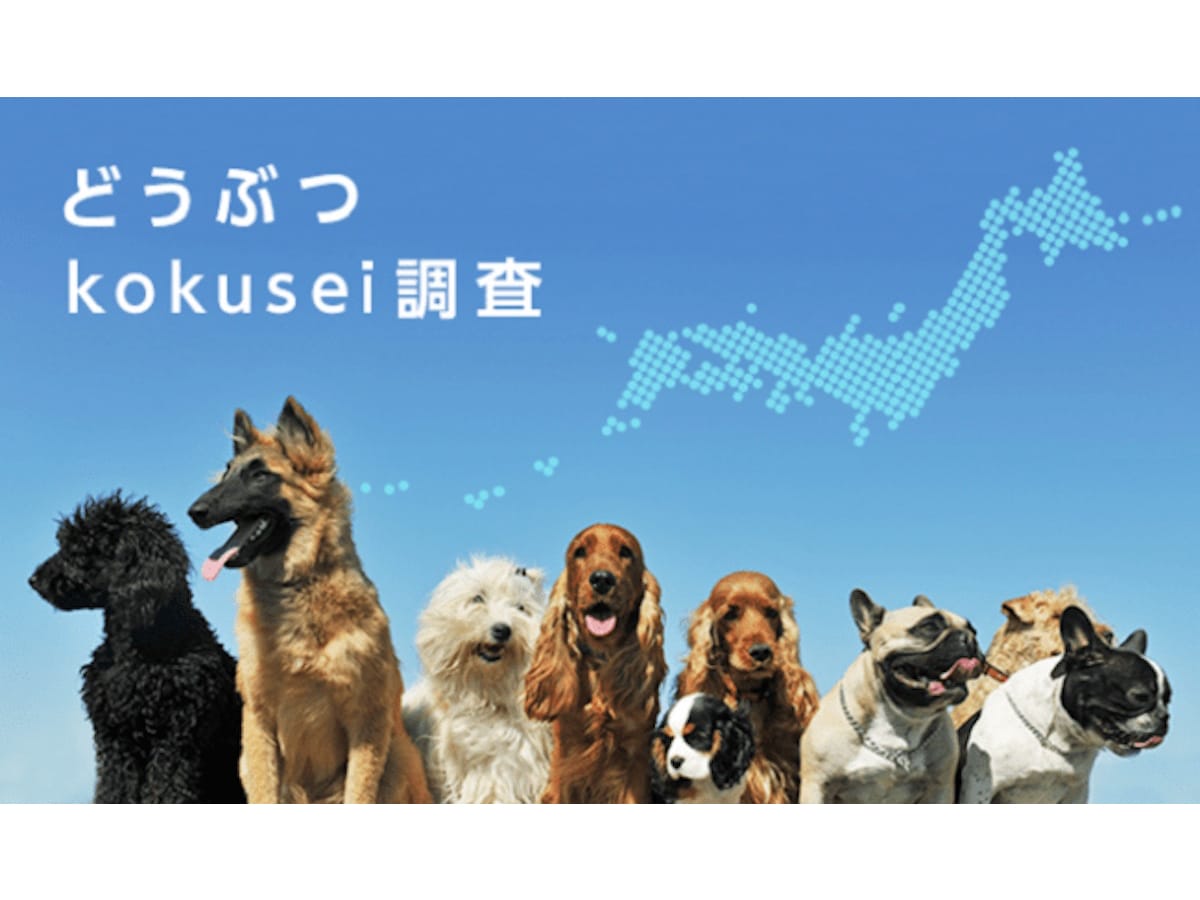Related Article
-

A harrowing showdown between a pet owner and an Apple Pencil bandit [manga]
-

Dog And Owner’s Perfect Duet
-

This Dog Got Caught Doing Something He Shouldn’t Have Been Doing–So He Leaves No Witnesses!
-

“Did someone say free BBQ?” This is what happens when you grill yakitori at home
-

Ten most popular Vtubers in Japan among Gen Z revealed in survey
-

This Dog Gets A Birthday Surprise… Watch How He Reacts!



One of the most remarkable things about modern Japan is how quickly a country with practically no history of pet ownership has become a nation of cat and dog lovers. The link between pet ownership and the declining birth rate is well established: the fewer children people have, the more inclined they are to buy a pet. Indeed, Japan is currently the only OECD country in which there are more cats and dogs than there are children.
Anicom is Japan’s largest provider of pet insurance. It recently announced the results of a survey of over 4000 of the nation’s dog owners. The company wanted to find out more about where dogs live, what they eat, how much exercise they get and how often they get medical check-ups.
© Pikist.com
When asked where they keep their dog, 80% of owners said that they keep them indoors. Only 10% of dogs live outdoors, probably because few people keep dogs to guard their property or go hunting, as they often did in rural Japan.
Larger dogs are not popular. They are more expensive to feed, need more exercise, and simply unsuited to life in a densely populated city. Most dogs in Japan are kept as pets, and most of them are small, or miniature breeds, such as the Toy Poodle, Chihuahua, and Miniature Dachshund.
© Pexels.com
The survey asked owners how they chose their current dog food. Almost a quarter of respondents said they made their decision after consulting the internet. They can read reviews of different dog foods and find out which foods are suitable for their particular breed of dog and its medical history. Other owners said they chose their dog’s food after receiving a recommendation from their local veterinary clinic (23%), pet shop (17%) or dog breeder (3%).
The survey then asked what concerns dog owners had about their pet’s food. Over 40% of them said that their prime concern was the price of pet food. This is probably the result of heightened awareness of the importance of a good diet to human health. When choosing a dog food, owners are careful to check the ingredients. They want to know what’s gone into their pet’s food. The price of dog food goes some way in explaining the popularity of small dogs, which eat a lot less than bigger breeds. Small dogs also need less exercise than big dogs, and the less they exercise, the less they need to eat.
© Pexels.com
“How often do you take your dog for a walk?” the survey asked. A third of owners said they take the dog out twice a day, morning and evening. 27% said they take the dog out once a day, and a lucky 6% of dogs get to go out “3 or more times a day.” One way or another, 70% of dogs go for a walk every day, even if their owners are busy with work or housework.
Of course, for some owners “a walk” just means giving their pet an opportunity to evacuate its bowels, before dashing back indoors. But almost half of owners said they walk their dog for at least 30 minutes and almost a third walk for an hour.
Veterinarians recommend that dogs have a medical examination at least once a year, and twice a year once they get old. 47% of dog owners say they take their pet to the vet for a check-up once a year, and 16% go every six months. Most of them go in the spring, which is when most dogs get their annual rabies vaccination, but quite a lot of veterinary clinics run checkup campaigns in the autumn months.
Although the survey produced no quantifiable data that might tell us how often the dogs of Japan are shampooed, pedicured or massaged, it’s clear that the vast majority of them are very well looked after.
You can see the details of the survey on the Anicom Sompo website